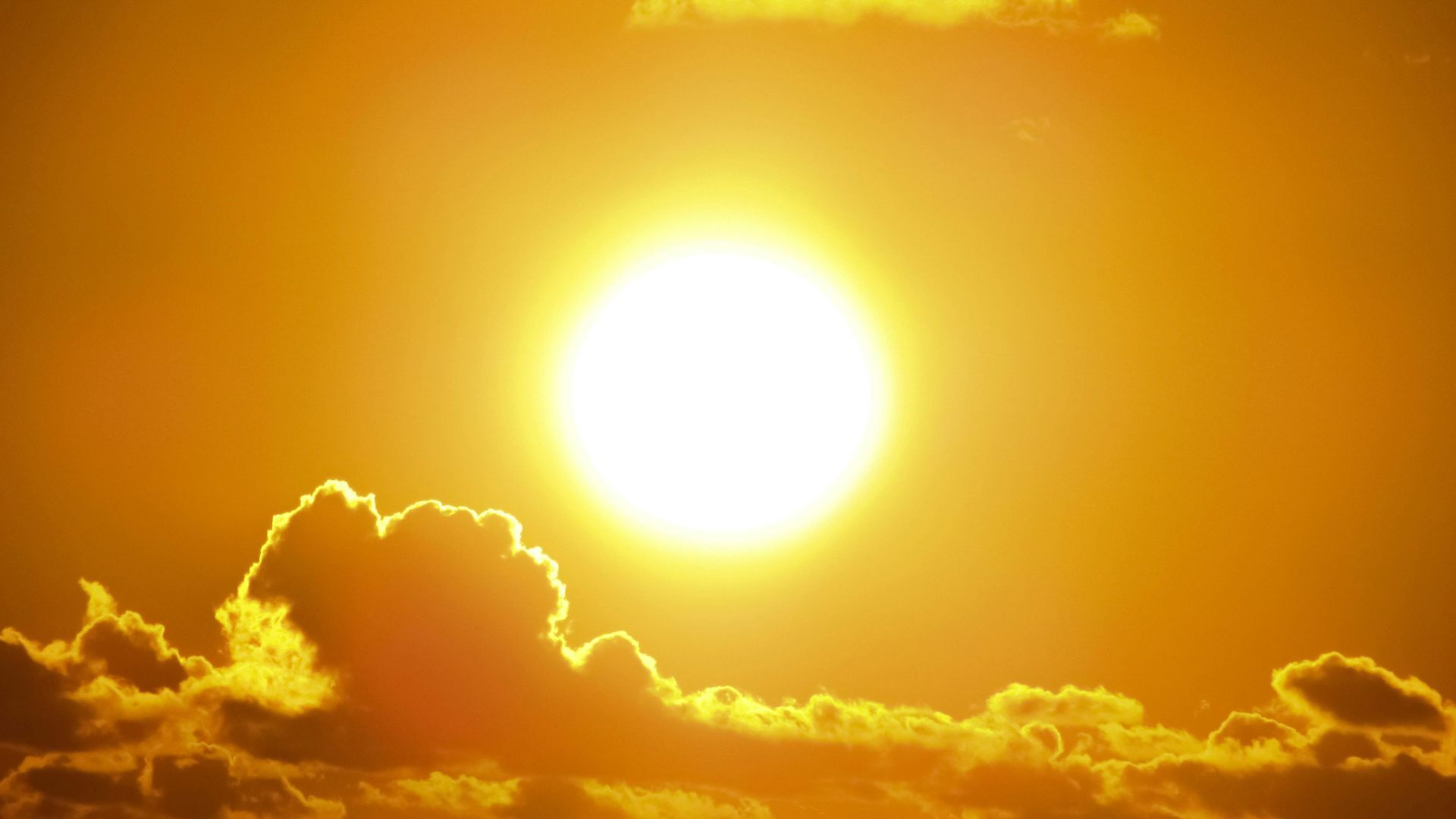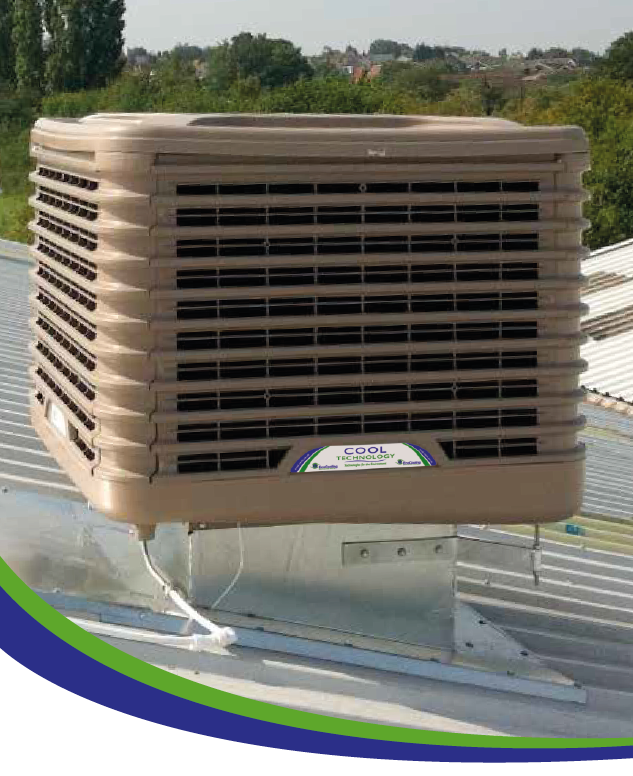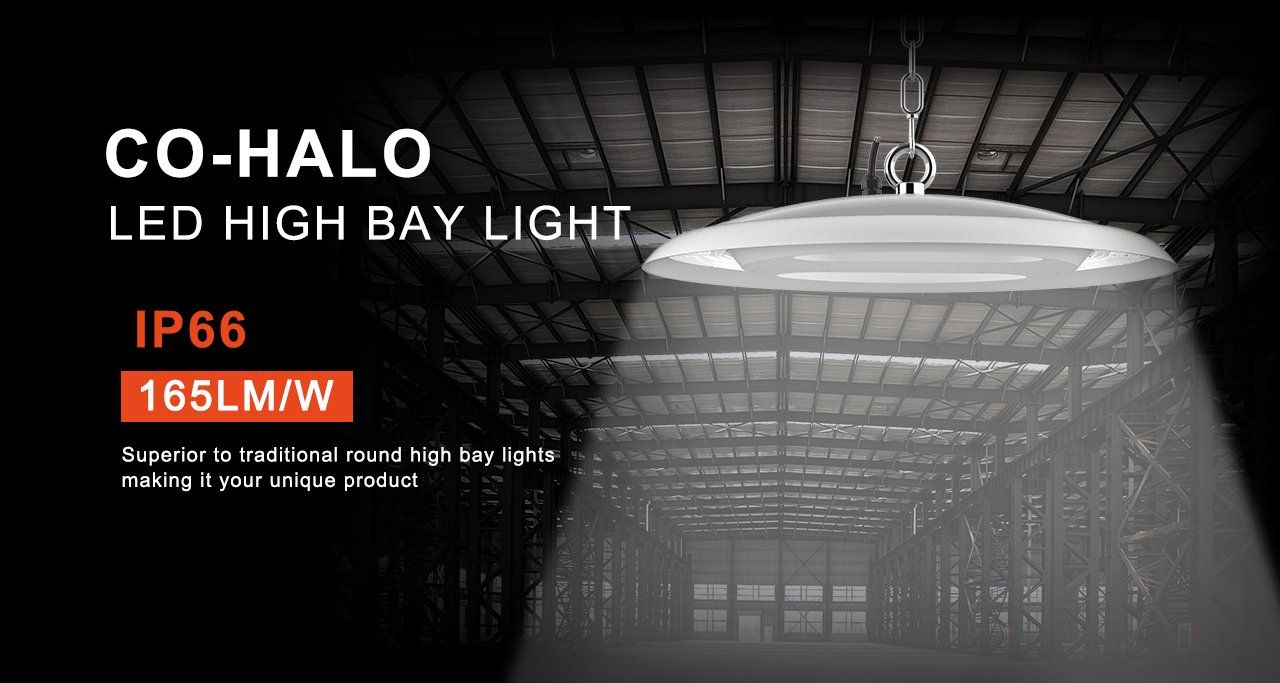How to improve indoor air quality for human health and comfort

“People don’t imagine that there is pollution indoors; it is perceived as a protective place. But there are more pollutants in buildings than in outdoor air.” Corinne Mandin, Scientific and Technical Building Centre, France.
Did you know the air in your premises – and indeed your home - can be just as dangerous as the polluted air outside, as bad as a busy city street at rush hour? It’s worrying, but it also heralds a new era where more people are becoming aware of the dangers behind poor indoor air quality.
Thanks to covid, we’re better informed about the dangers of the stale, chemical-laden air that gathers inside the places we work, shop, exercise, learn and play. The pandemic focused people’s minds on air quality and the ventilation – or lack of it – in enclosed spaces, and indoor pollution is finally being taken seriously. And it looks like indoor pollutants are a major cause of illness and death.
In places where people habitually use solid fuel or kerosene for cooking indoors, for example, scientists reckon deaths related to poor air quality run to millions. In the USA the average person spends 69% of their time indoors at home and another 18% indoors at other locations: shops, gyms, schools, work and so on. Because pathogens tend to hang around for longer indoors – something that came home to roost with covid – we’re more likely to breathe them in.
1986 saw the World Health Organization create the term ‘sick building syndrome’ after a rash of illnesses thanks to poor ventilation, furnishings giving off toxic chemicals, and smoking indoors. Tobacco smoke, carbon monoxide, radon gas, trichloroethylene and benzene turned out to be the worst culprits, now called Volatile Organic Compounds or VOCs, since they evaporate at room temperature, given off by paint, furnishings, flooring, and electrical equipment. Then there’s particulate stuff like soot, metals, oil and dust less than 2.5 micrometres across. Together, the effect on human health can be horrible.
More than a quarter of a century after Sick Building Syndrome became a thing, more nasties have joined the WHO’s list of indoor pollutants. Many synthetic dyes are toxic, carcinogenic and bio accumulative. Ultrafine particles 0.1 micrometres easily move from the lungs into the bloodstream, landing in our organs where they increase the risk of cardiovascular and neurological conditions. Dust itself can carry smaller particles of toxins around a room.
You might think opening a window will clean the air indoors. Sadly it depends where you are. Outdoor air in built-up areas and near roads is full of particulates, nitrous oxides and VOCs from traffic, plus ozone, which makes otherwise harmless things like fragrance turn dangerous. Think formaldehyde for a start, and airborne toxins called N-chloraldimines, which are created in gyms thanks to a reaction between the amino acids in sweat and a type of bleach used to clean exercise equipment.
All these pollutants can affect each other, as thousands of chemicals in an indoor environment mix together with unknown, unforeseen effects. Take the awful VOC trichloroethylene, an industrial solvent. It turns up in glues, varnishes and cleaning fluids, a known carcinogen linked to brain, liver and kidney damage. As the WHO says, “all exposures indoors are considered relevant and no threshold can be determined.”The same goes for acrolein, generated by gas stoves, wood burners, deep fat fryers, vapers and actual cigarettes. Benzene from cigarette smoke and car exhaust fumes boosts the risk of leukaemia and asthma.
The list goes on. But because there are so many chemicals involved and so many potential different interactions between them, it’s a real challenge to know what’s safe and what isn’t.
How to improve indoor air quality
It makes sense to keep the air indoors as fresh and clean as possible, at work and at home. There are a few ways to do it, including boiling or steaming food instead of frying it, and cooking less meat because meat can be an especially high source of particulate pollution indoors. An extractor fan is an excellent idea however you cook your food.
Wood burners and open fires are lovely but they throw out a lot of indoor pollution. Scented candles, air fresheners, incense sticks, essential oils and cleaning products all emit pollution. While house plants have a good reputation as air cleaners, you’d actually need thousands of them to make a difference to indoor air quality.
Your best bet is good ventilation, which genuinely cuts the concentration of pollutants generated indoors. High-efficiency particulate air filters and air conditioning units can help. It’s sensible to cut right down on cleaning products, using cream cleaners rather than sprays, and use a wet cloth to pick up dust instead of just spreading it around with a dry duster. It’s wise to let brand new furniture settle in a well-ventilated place for a few days, where it will emit a lot of VOCs, before bringing it into a room.
Covid has driven new worries about indoor air quality
Covid has shown the world how important it is to have clean, safe air to breathe indoors. Our highly effective UVC disinfection units clean indoor air by killing a huge list of pathogens, from viruses and spores to bacteria and more. And our evaporative cooling units keep the air indoors cool, fresh and pleasant to breathe.
Now all we need is a way to ensure the countless human-made substances generated and brought into our homes don’t pose a danger to our health. The research continues. As one expert says, we’ll know more in ten years’ time. In the meantime, they recommend “ventilation, ventilation, ventilation”










